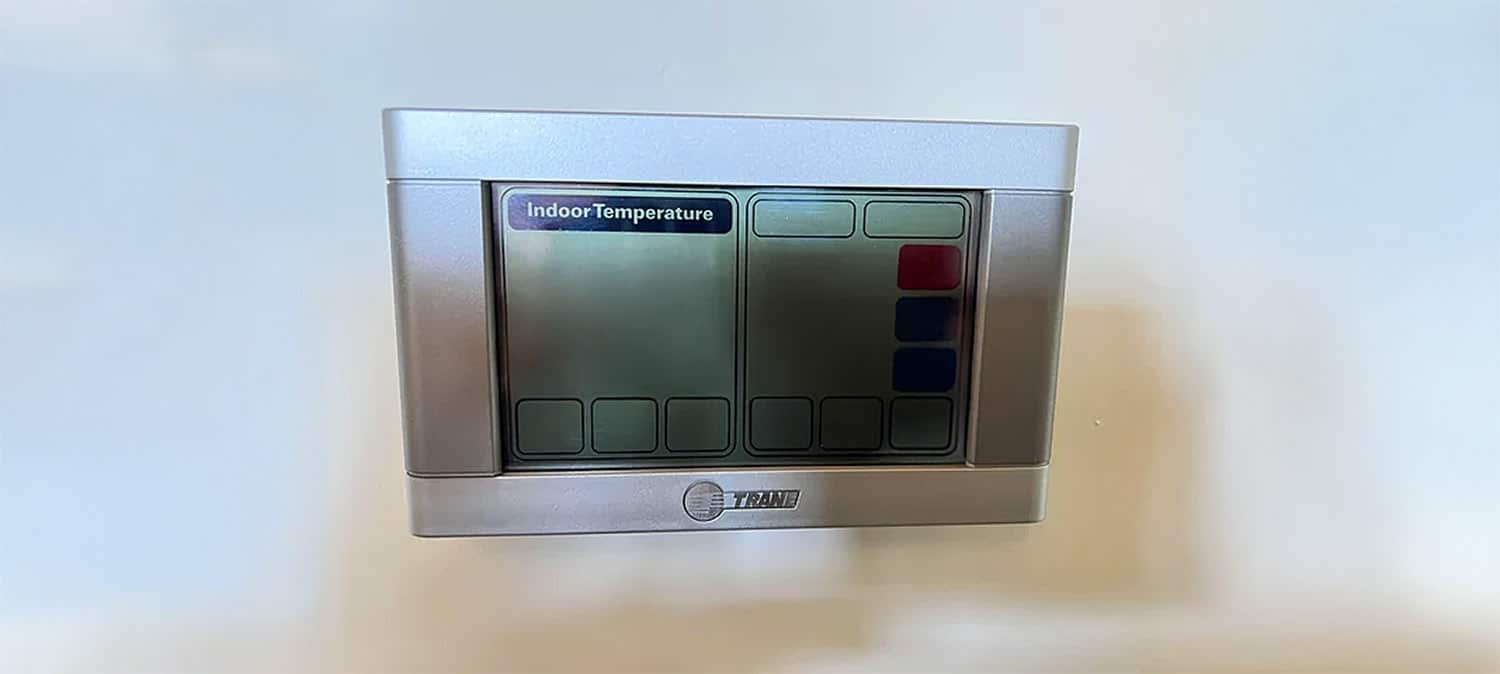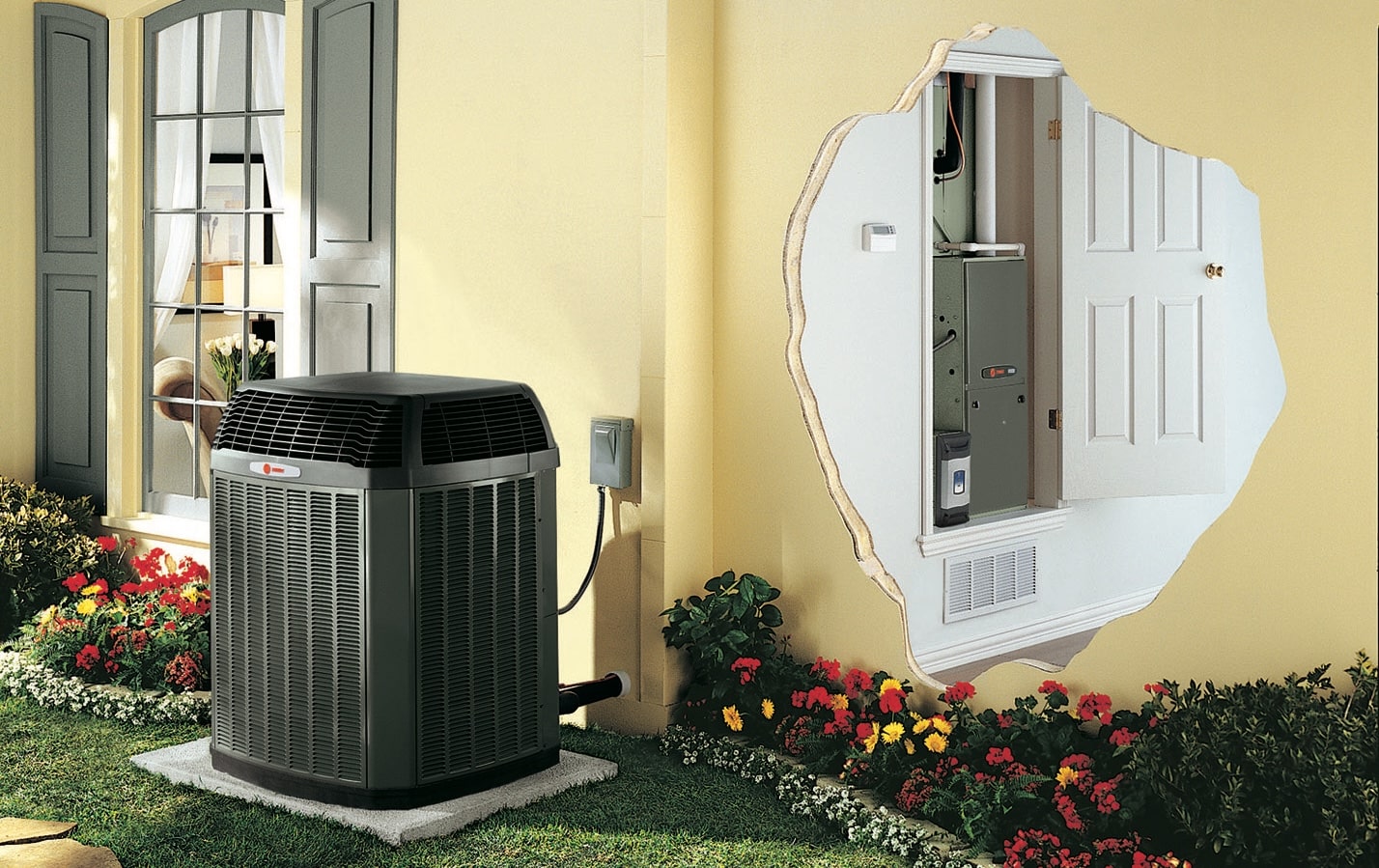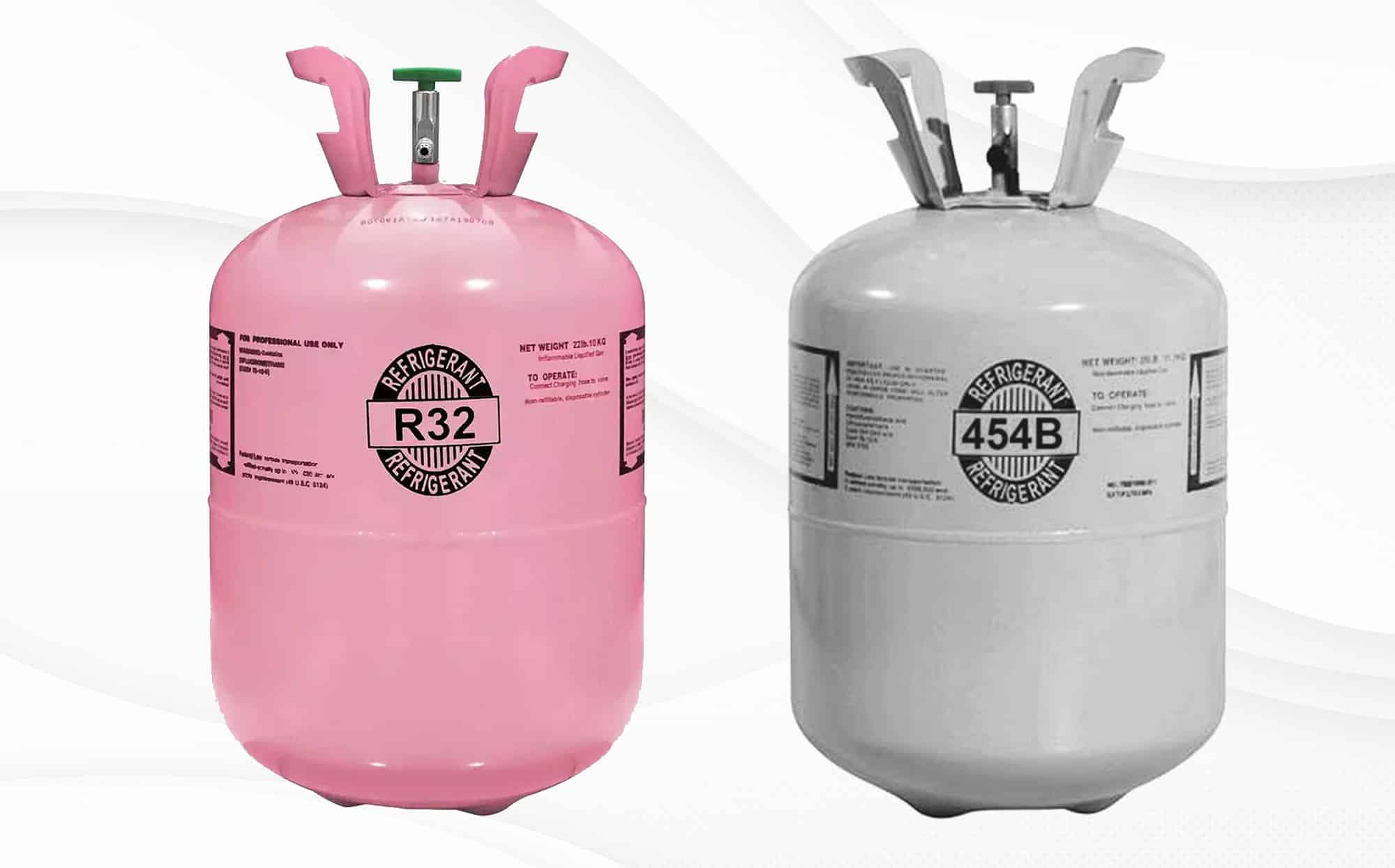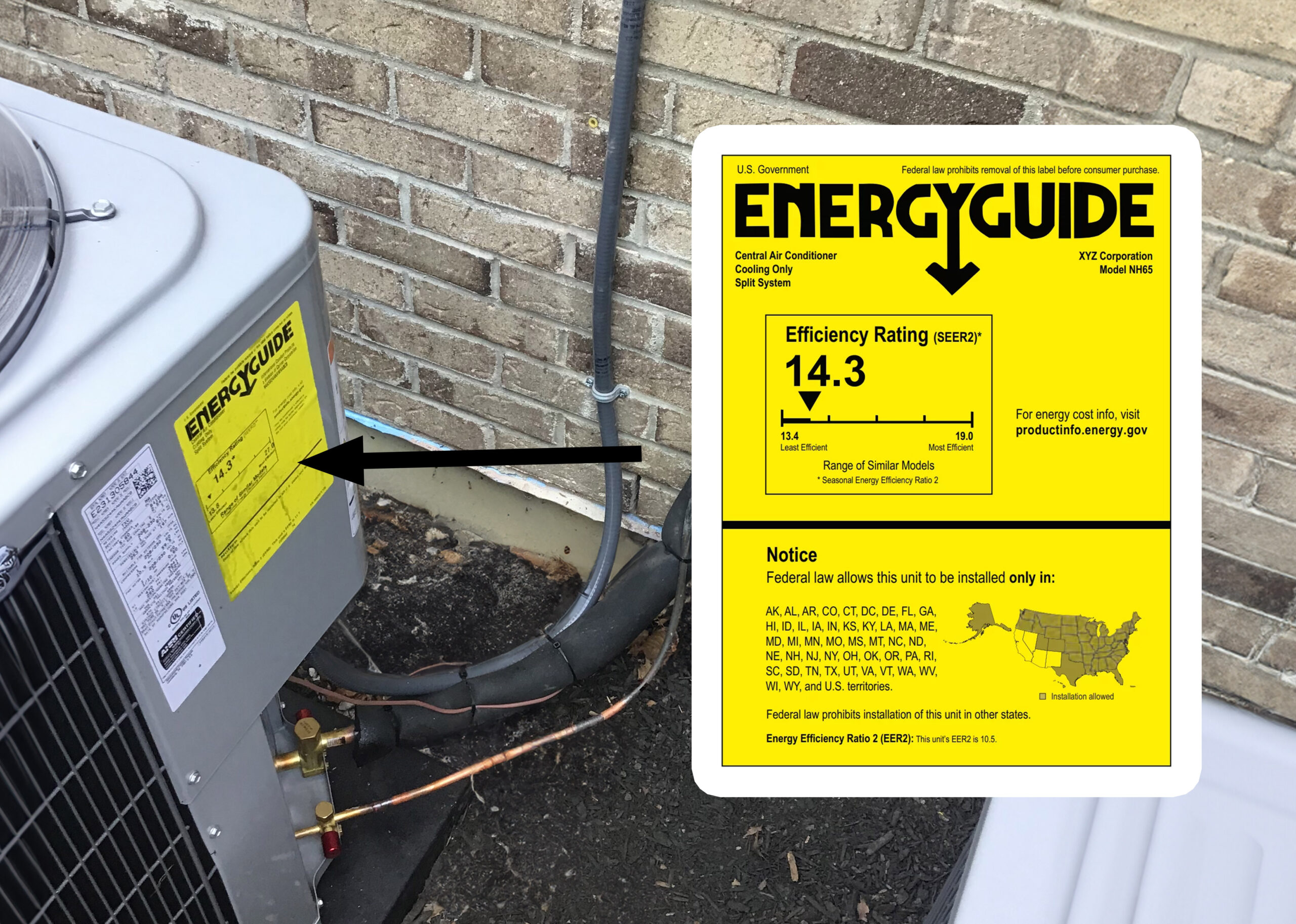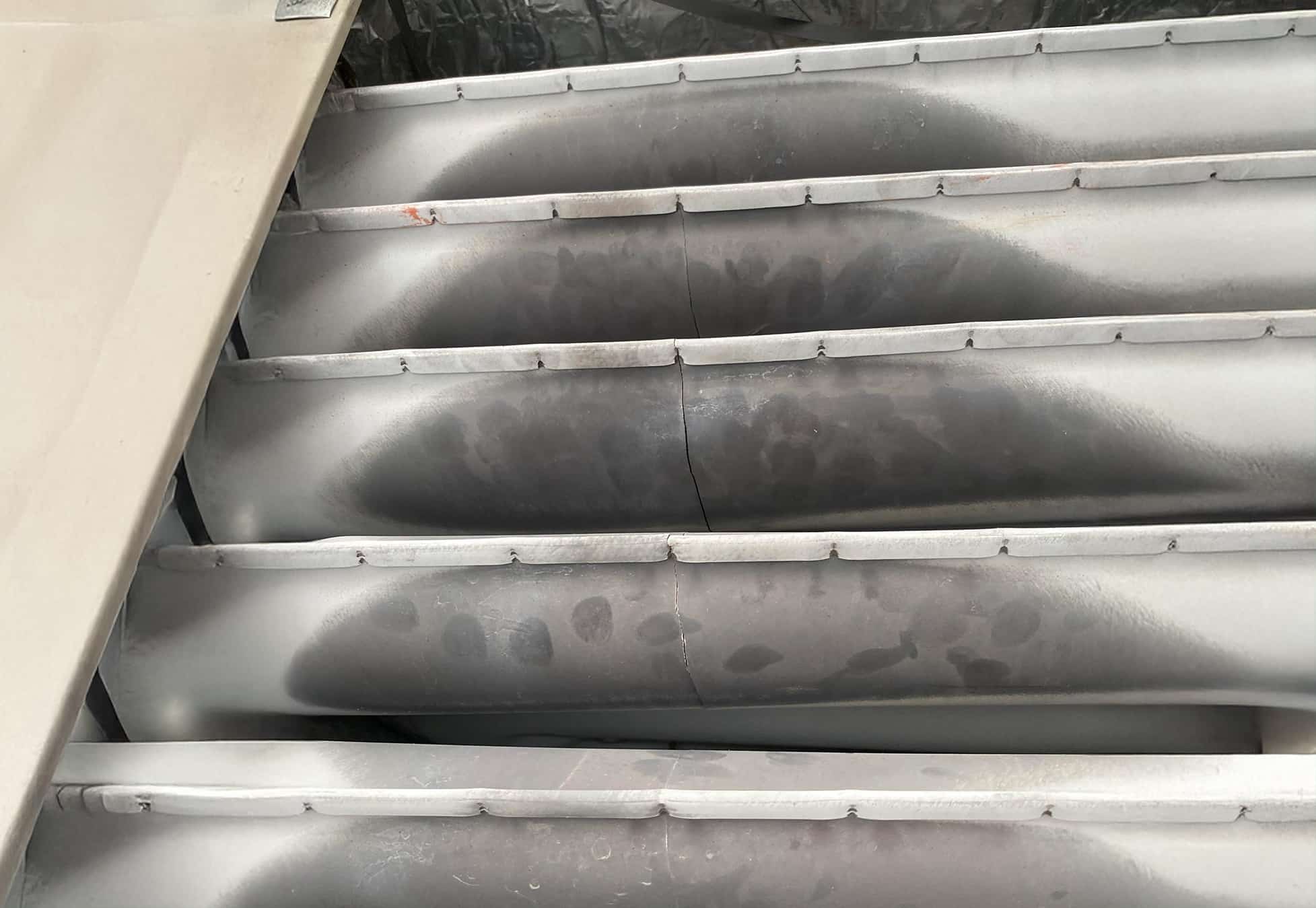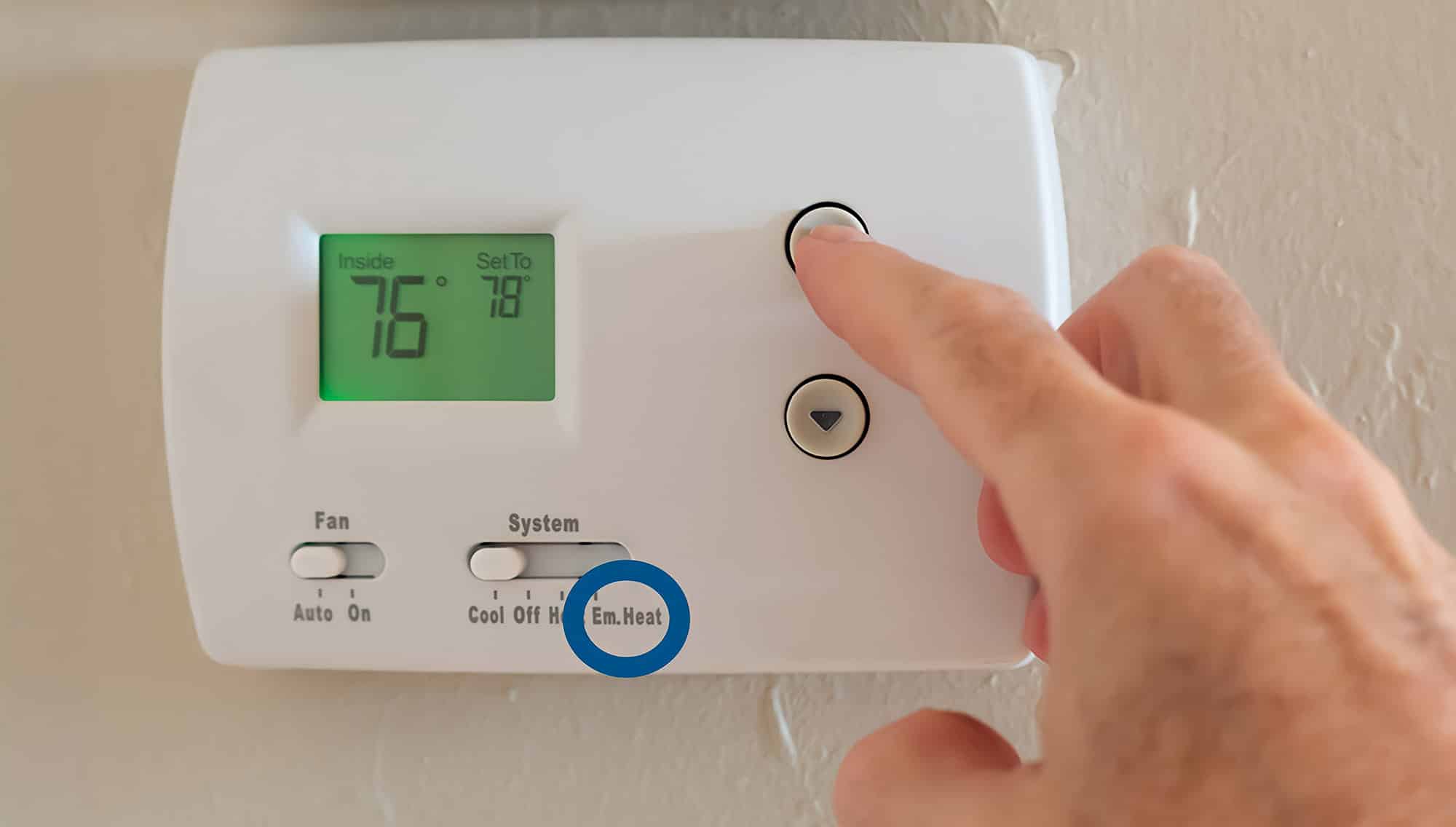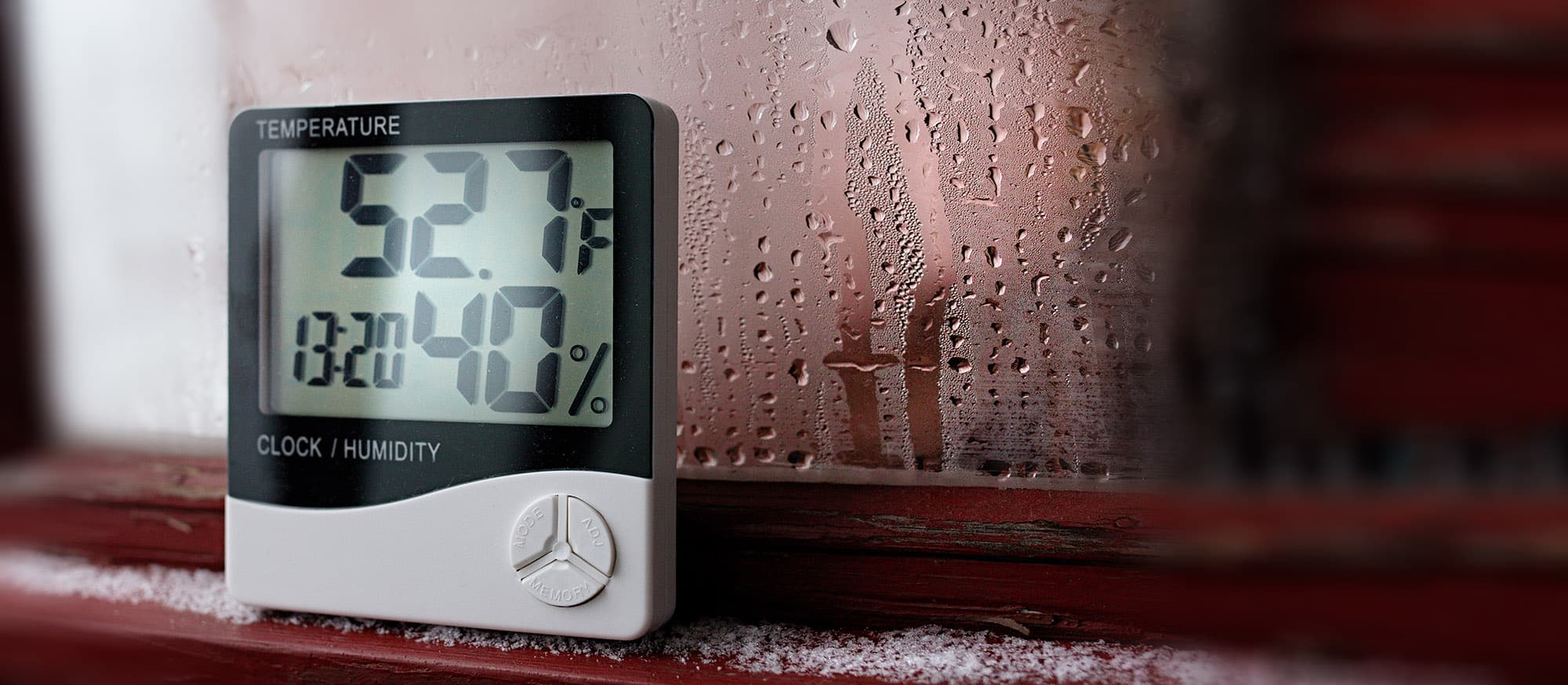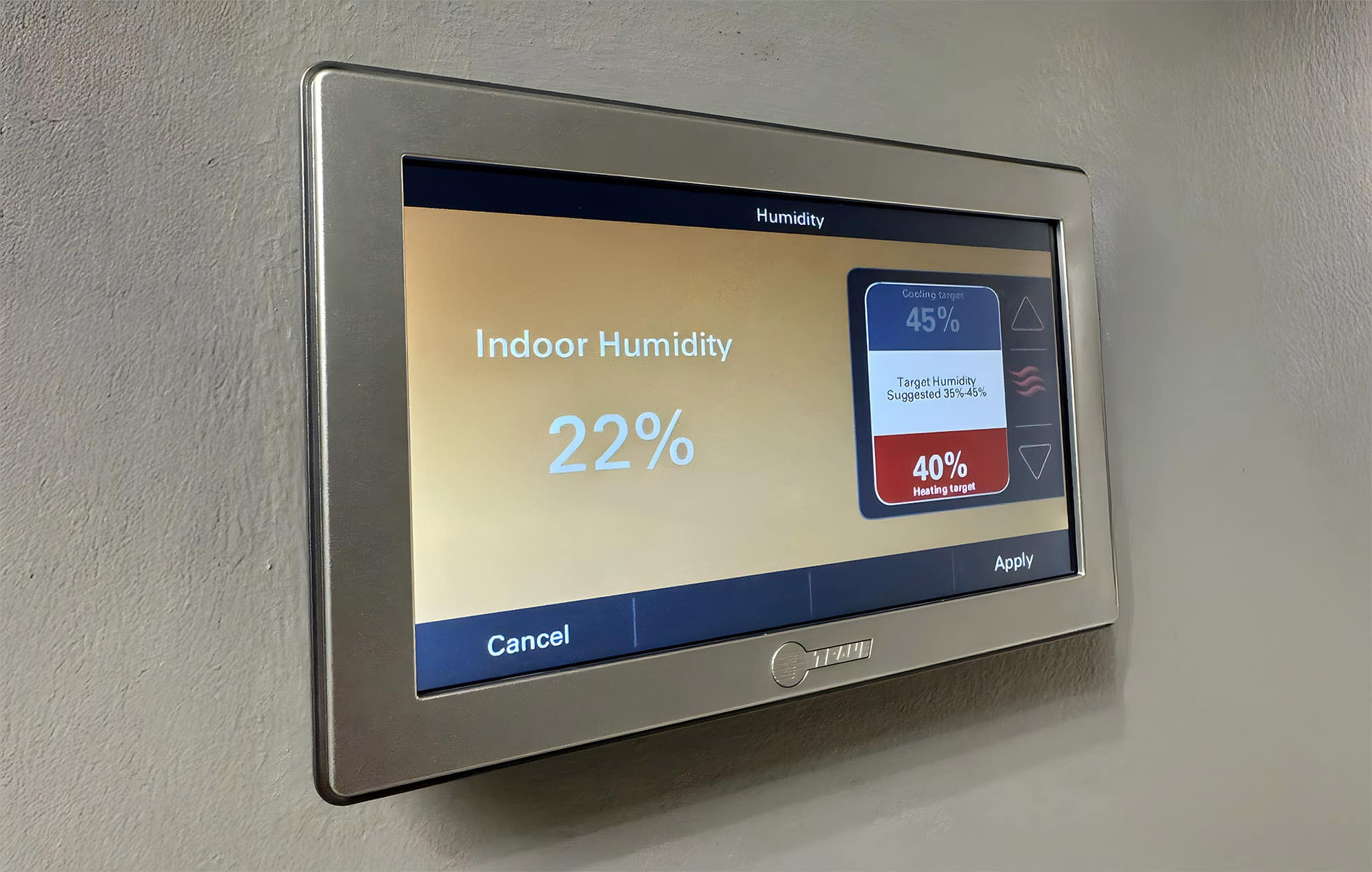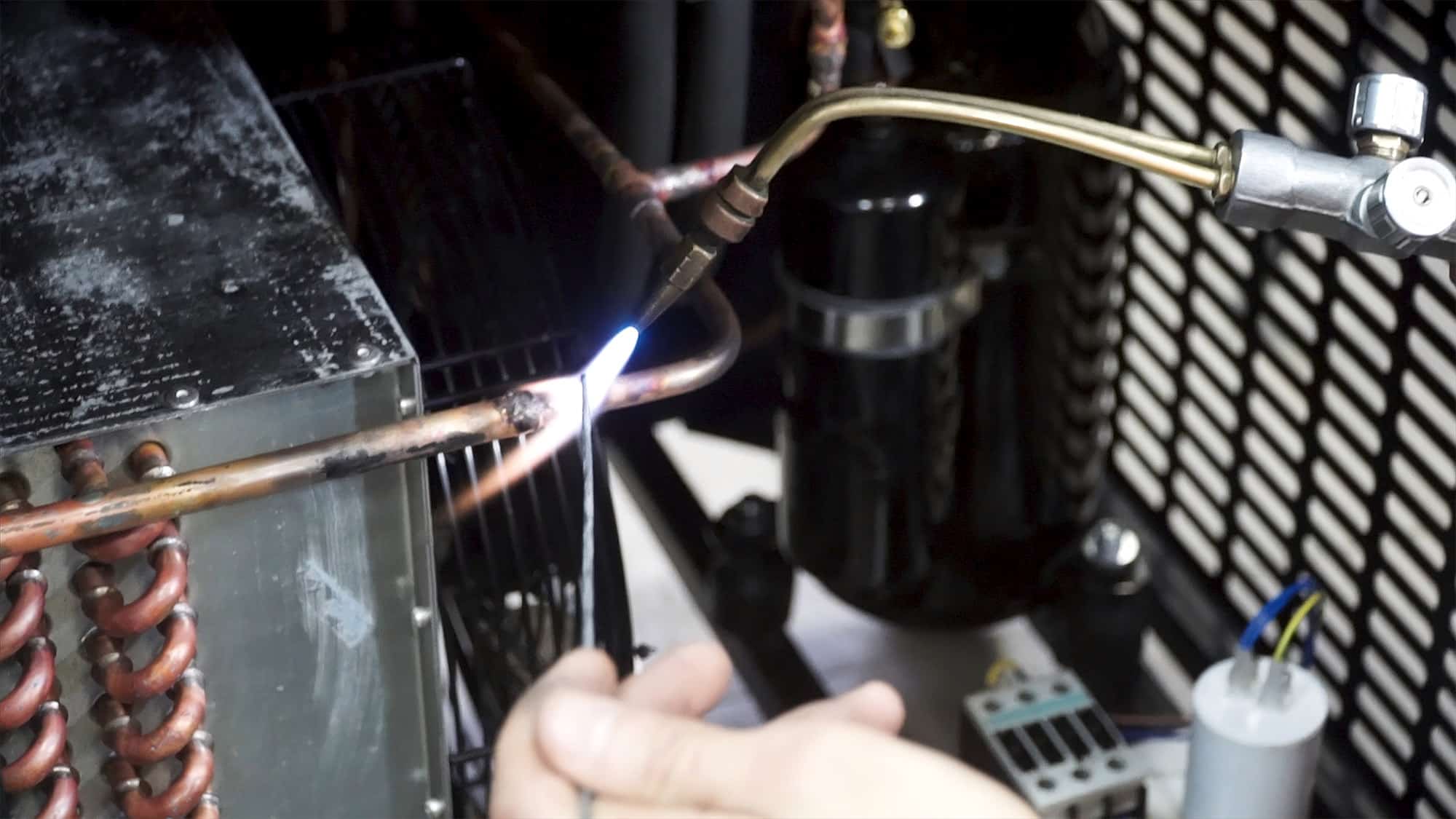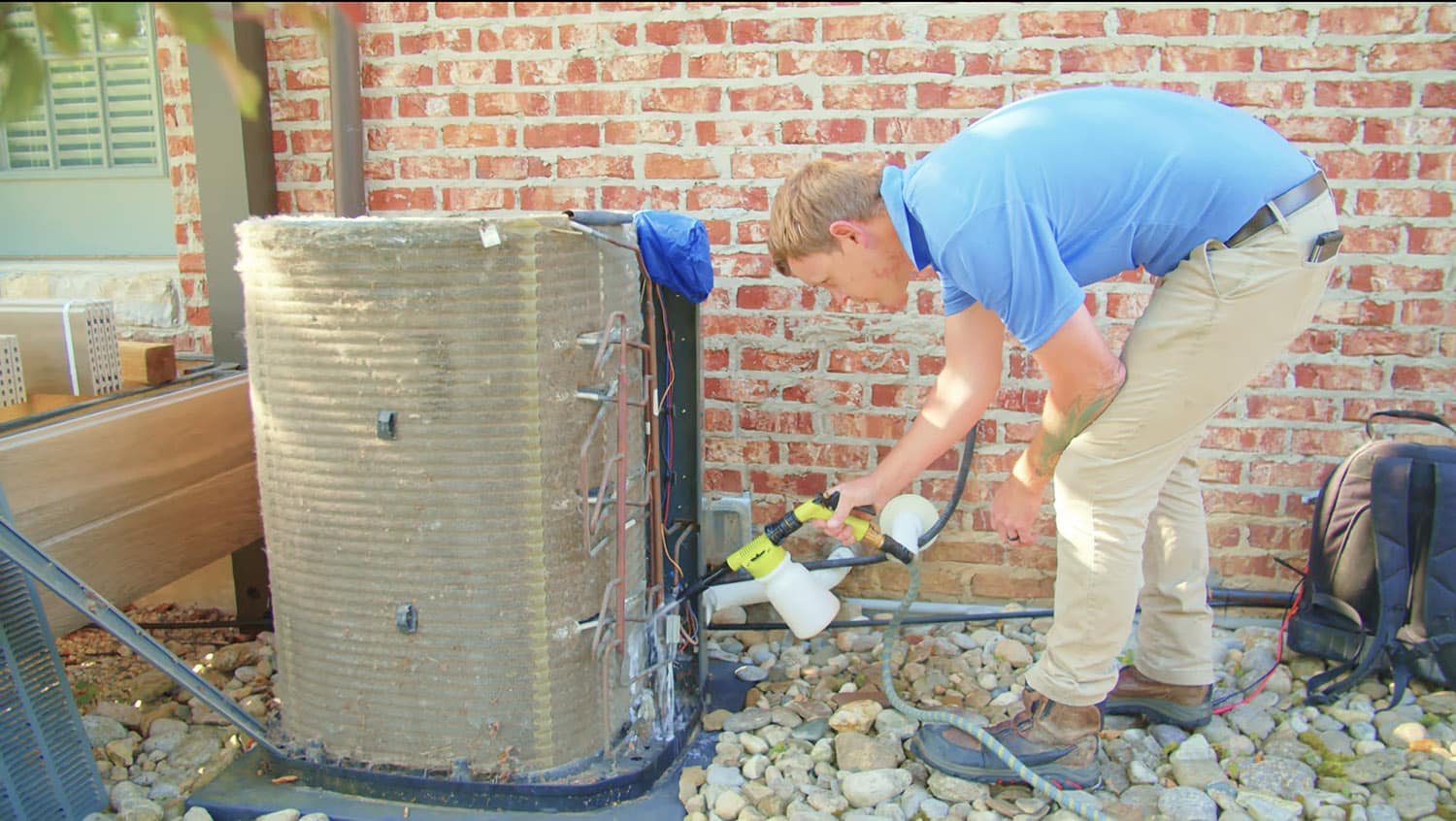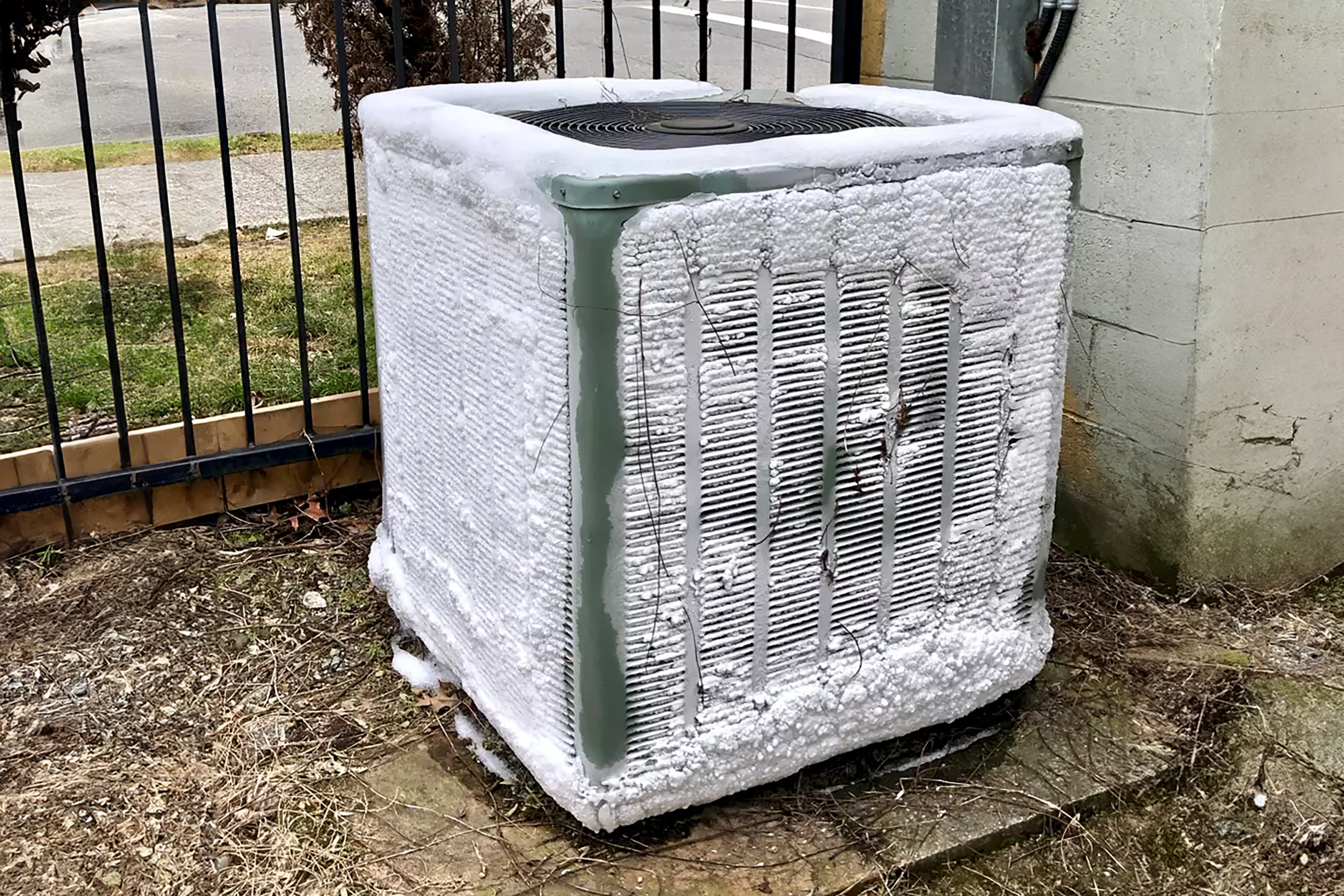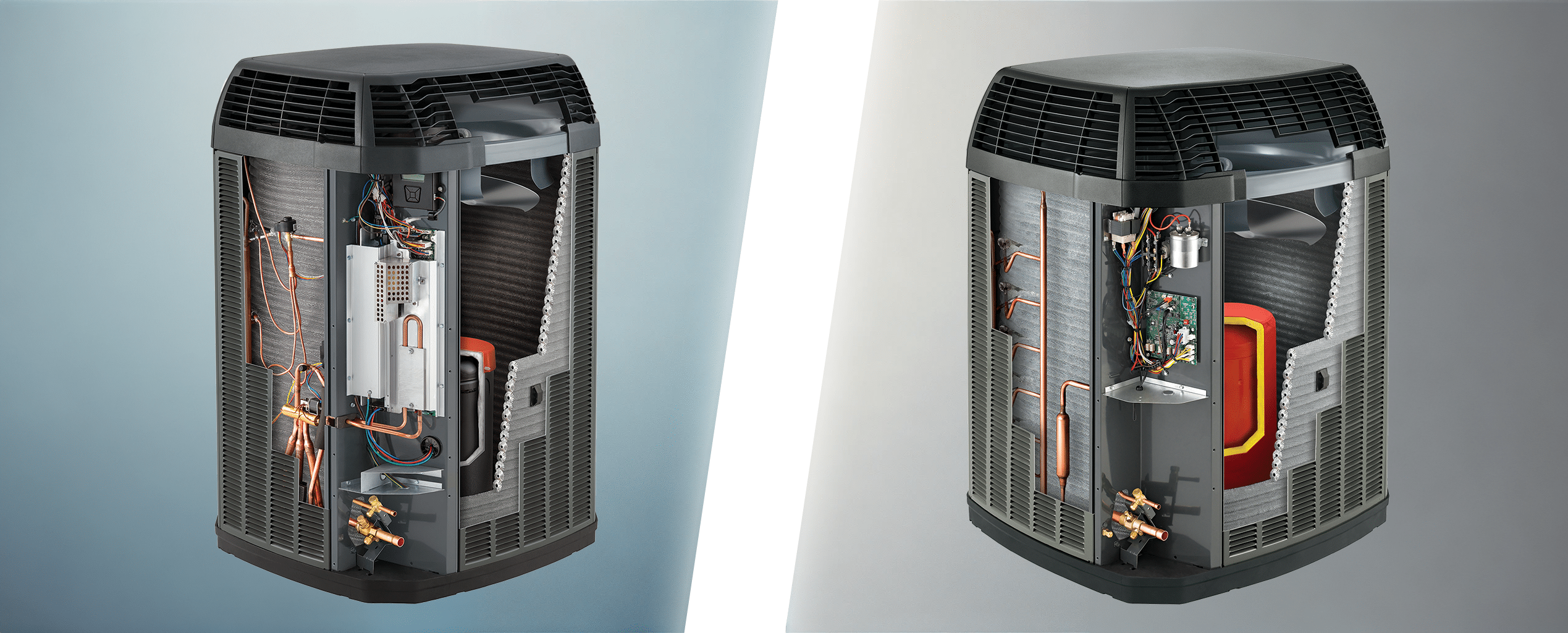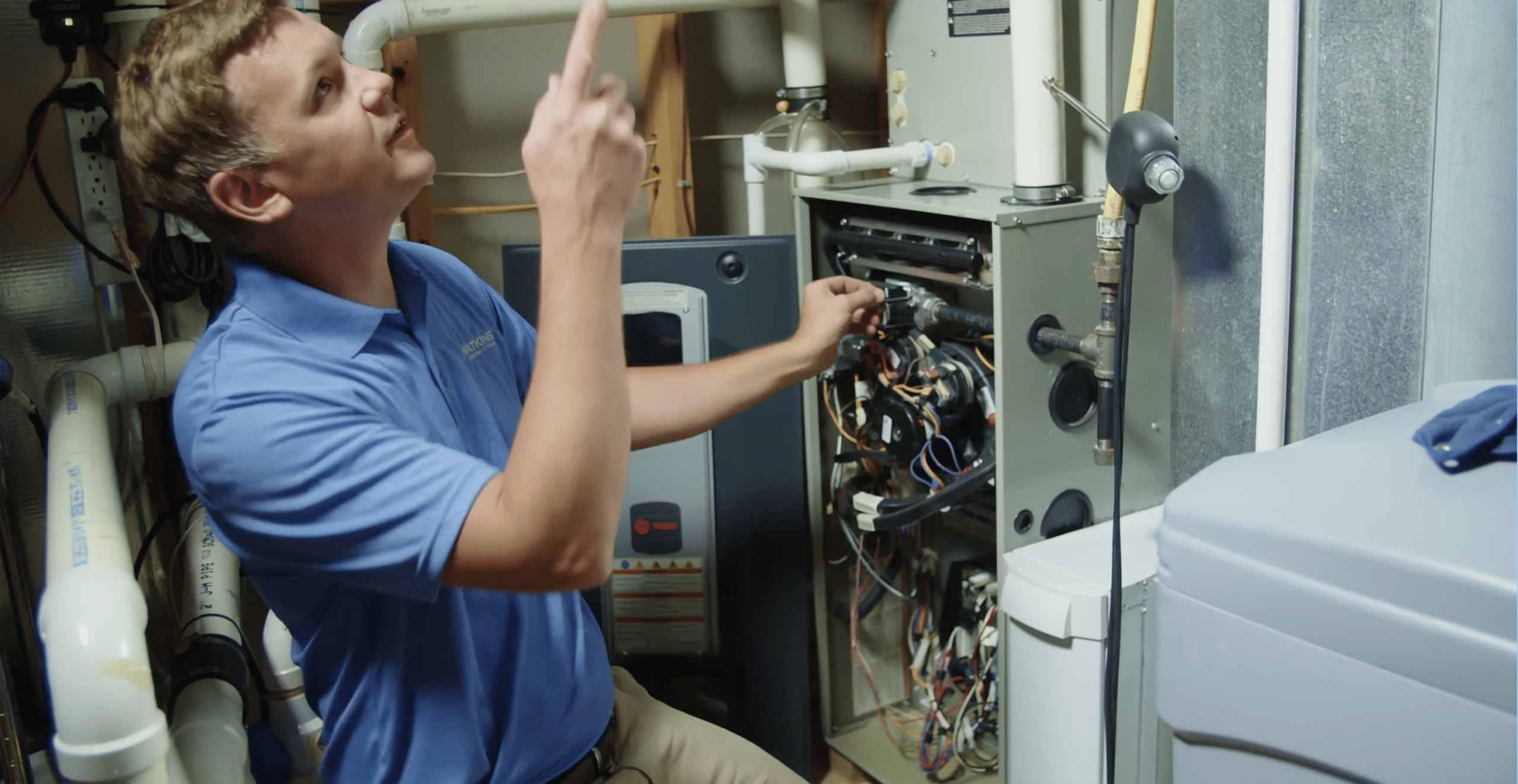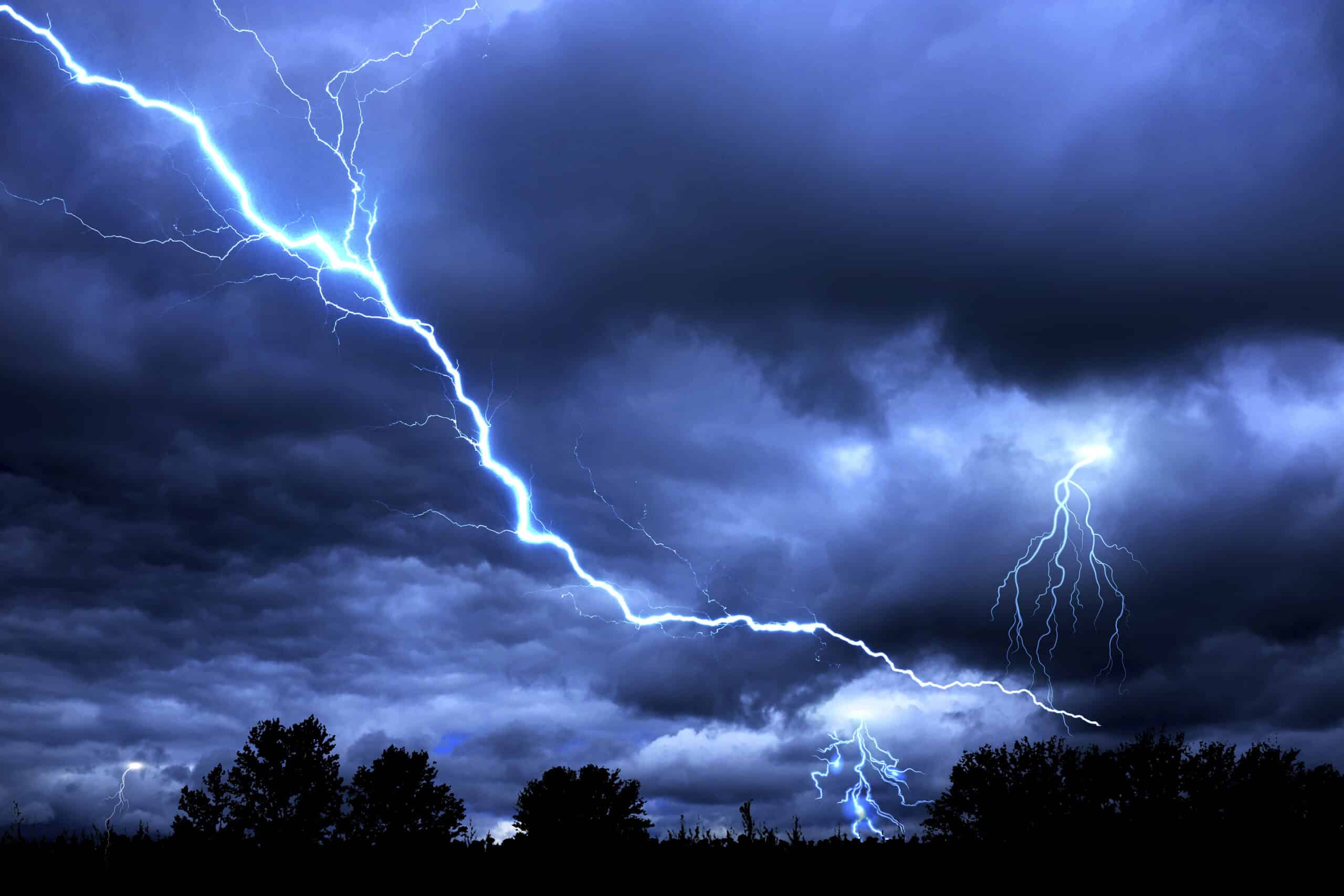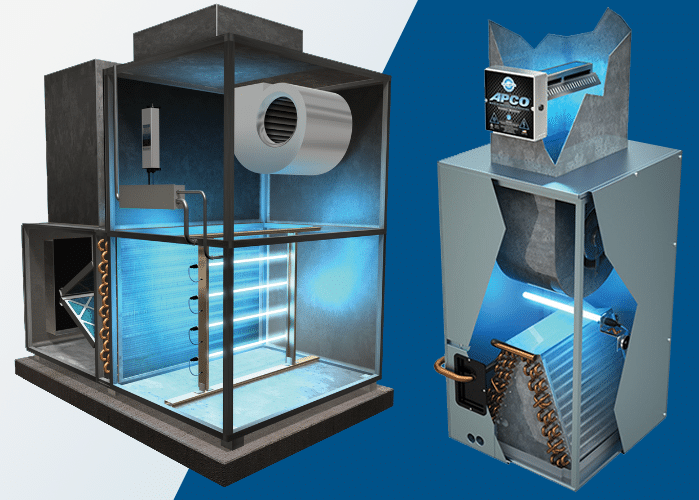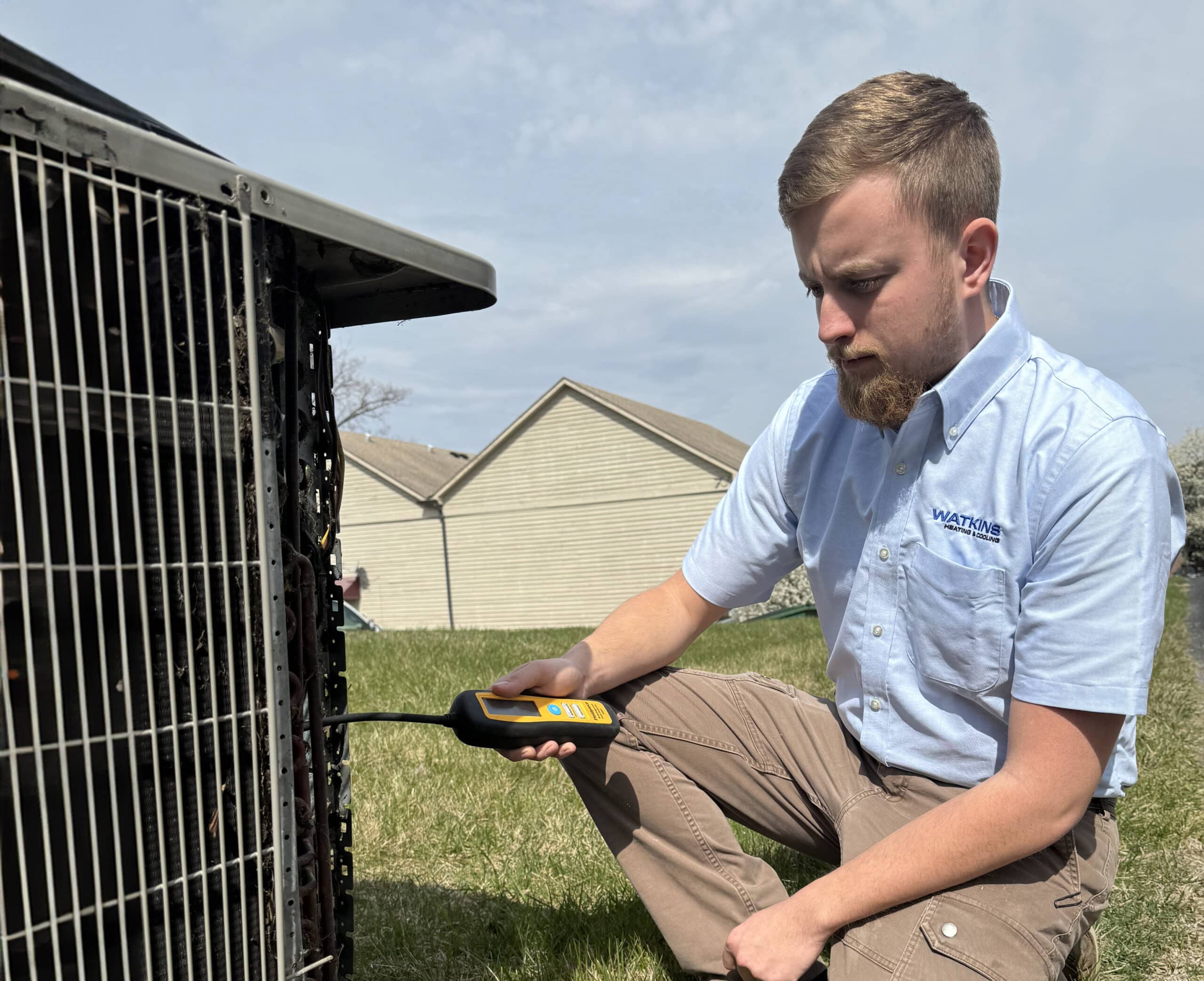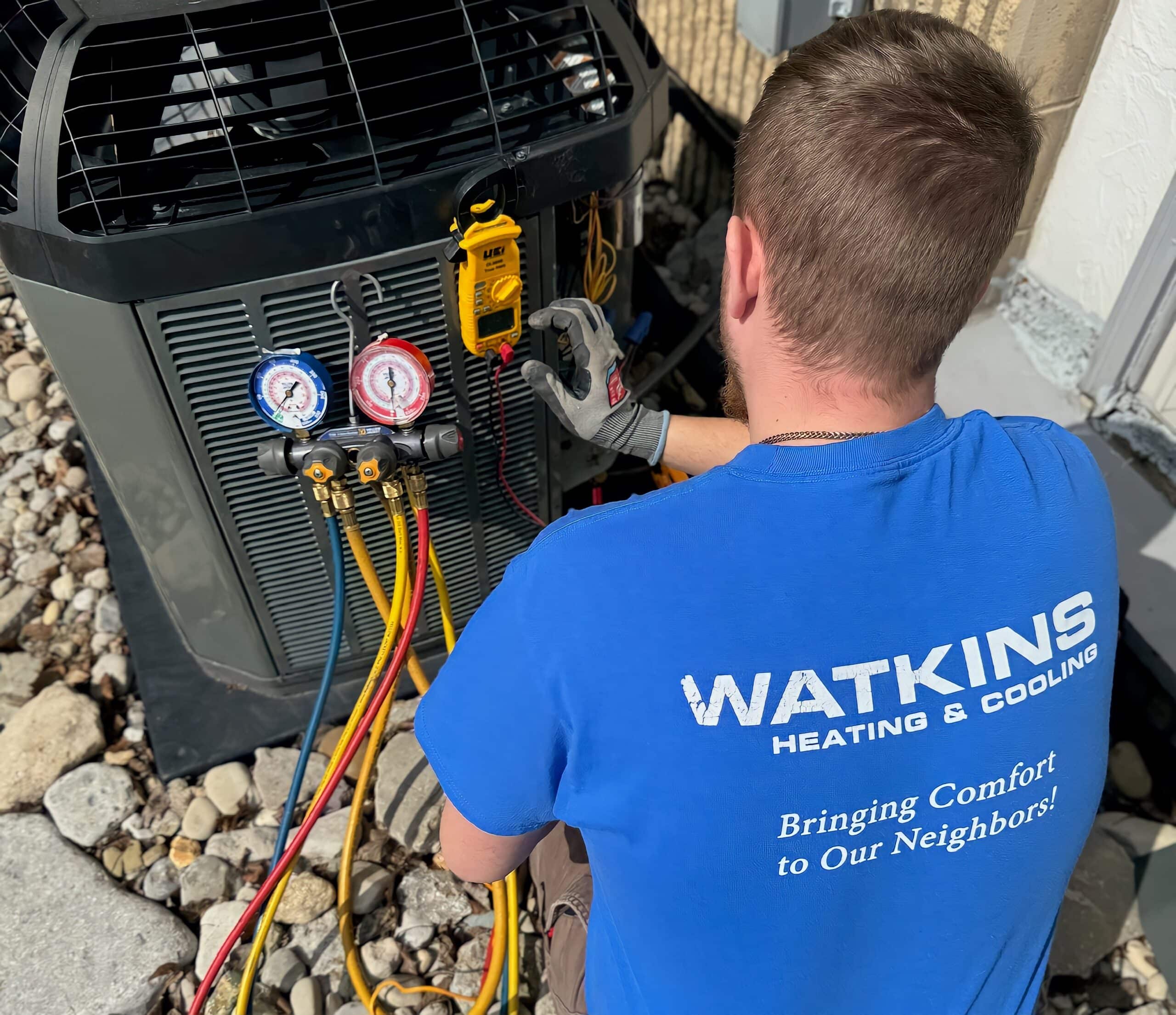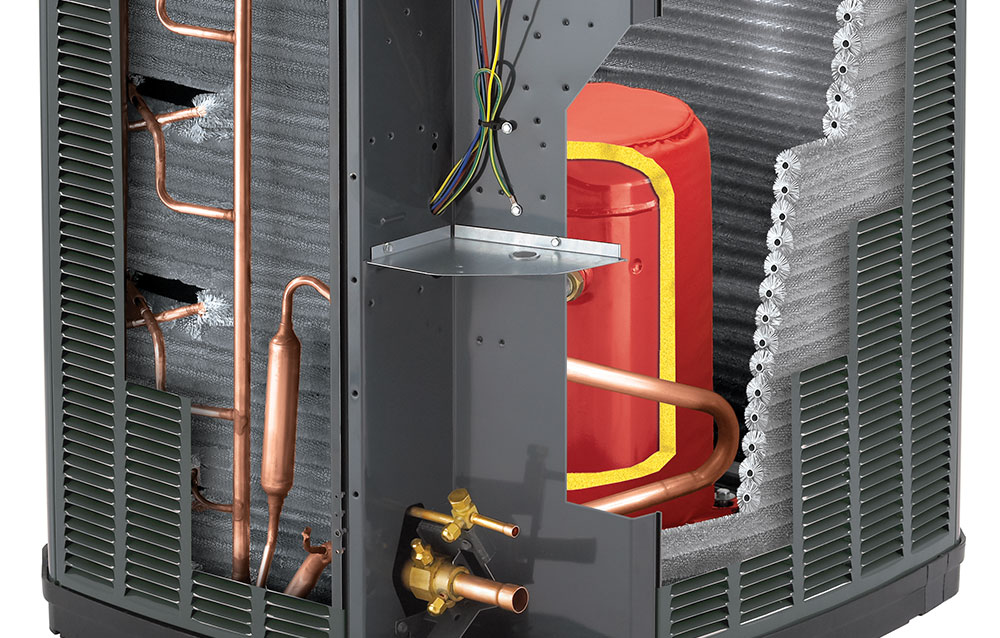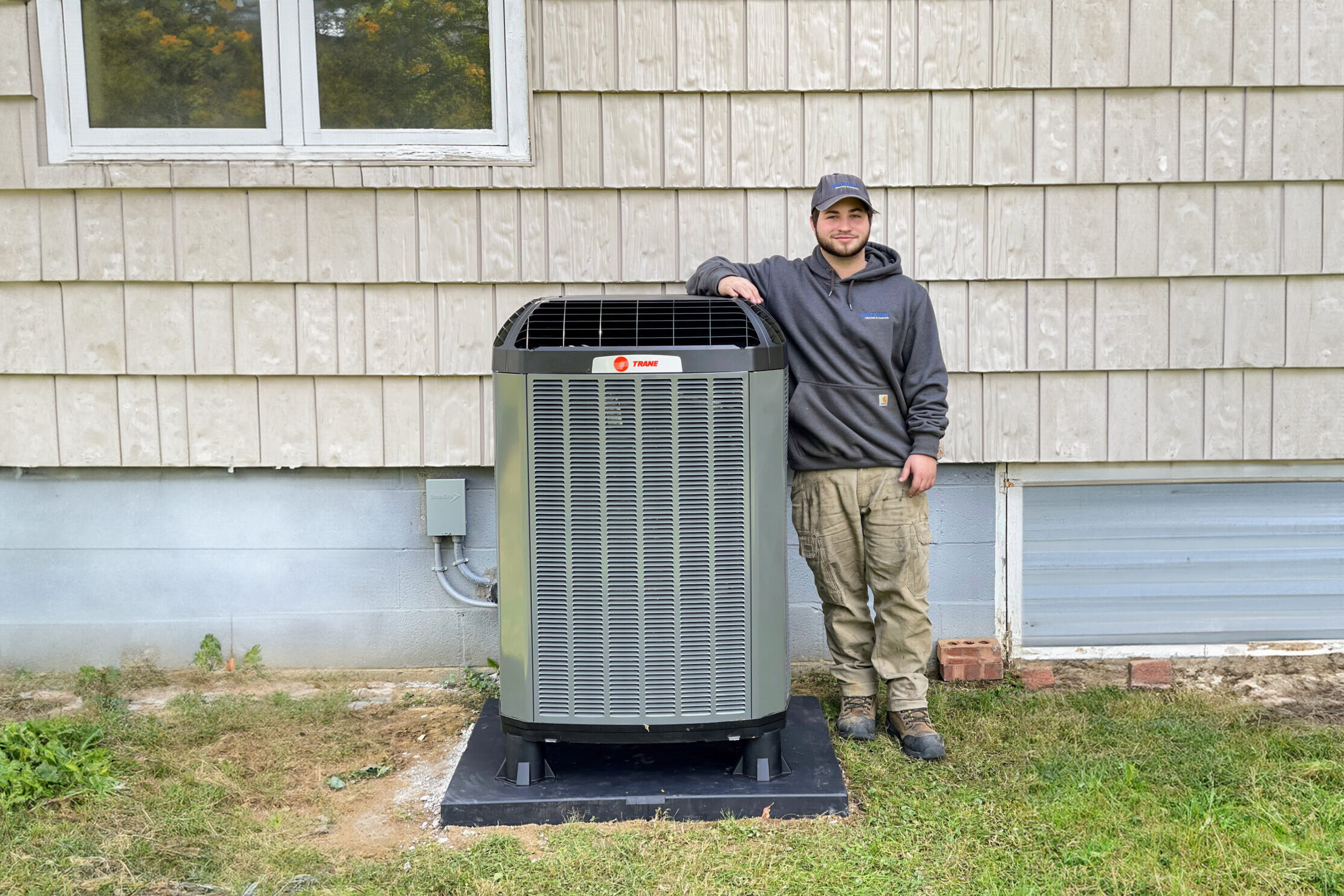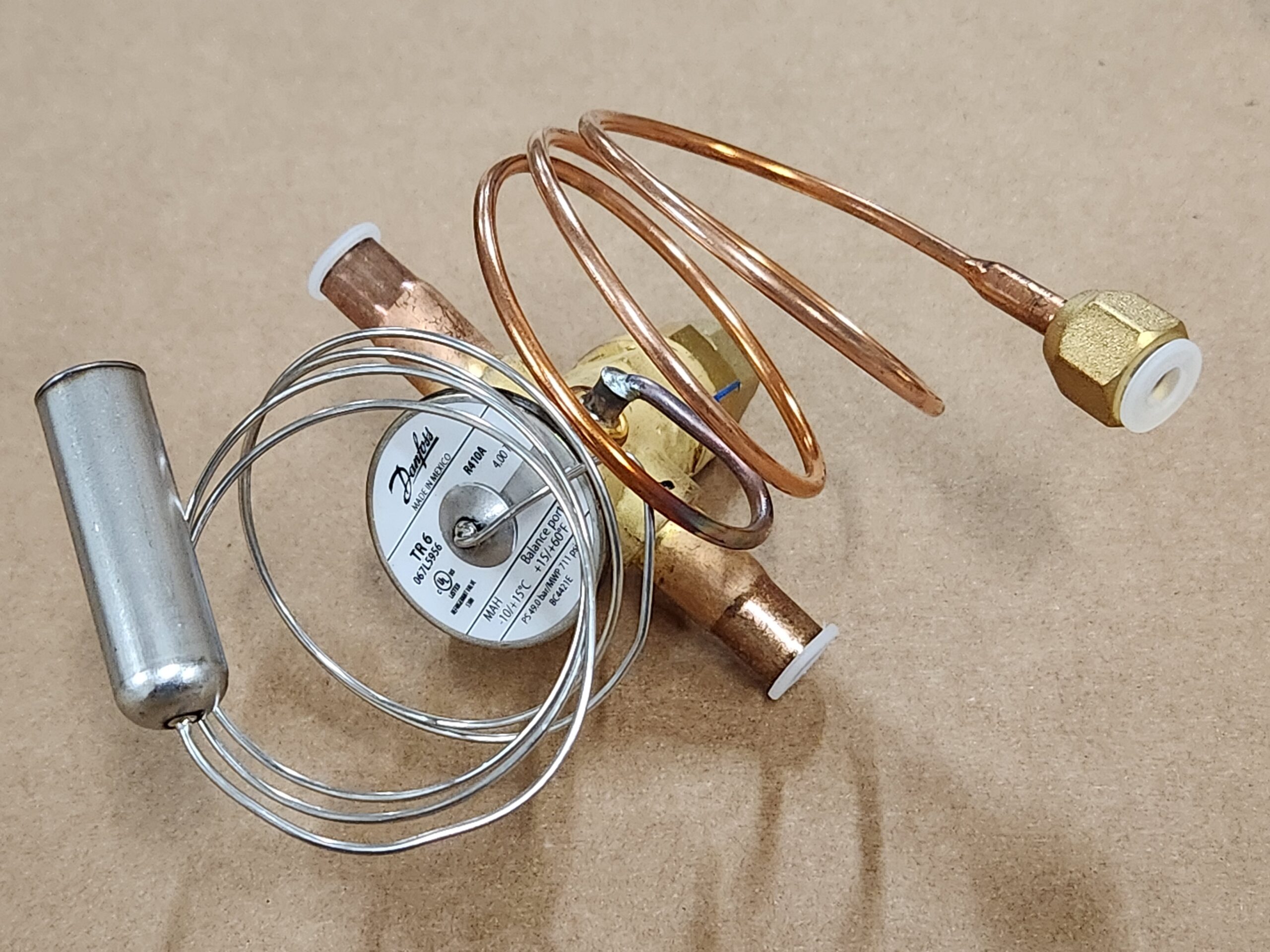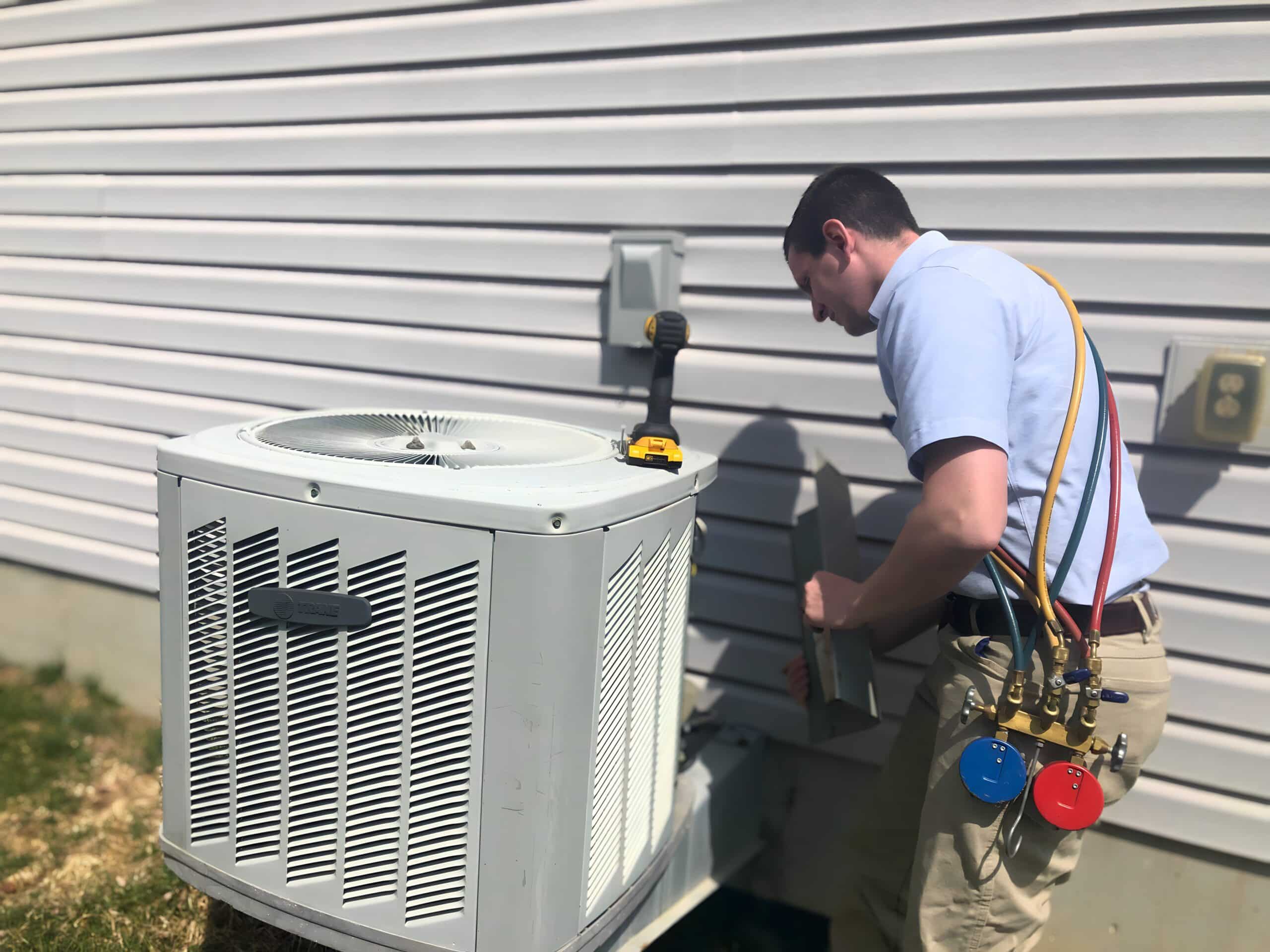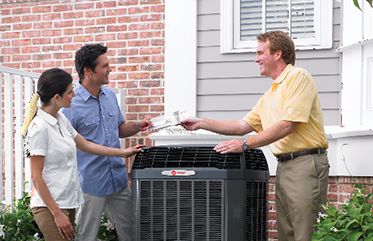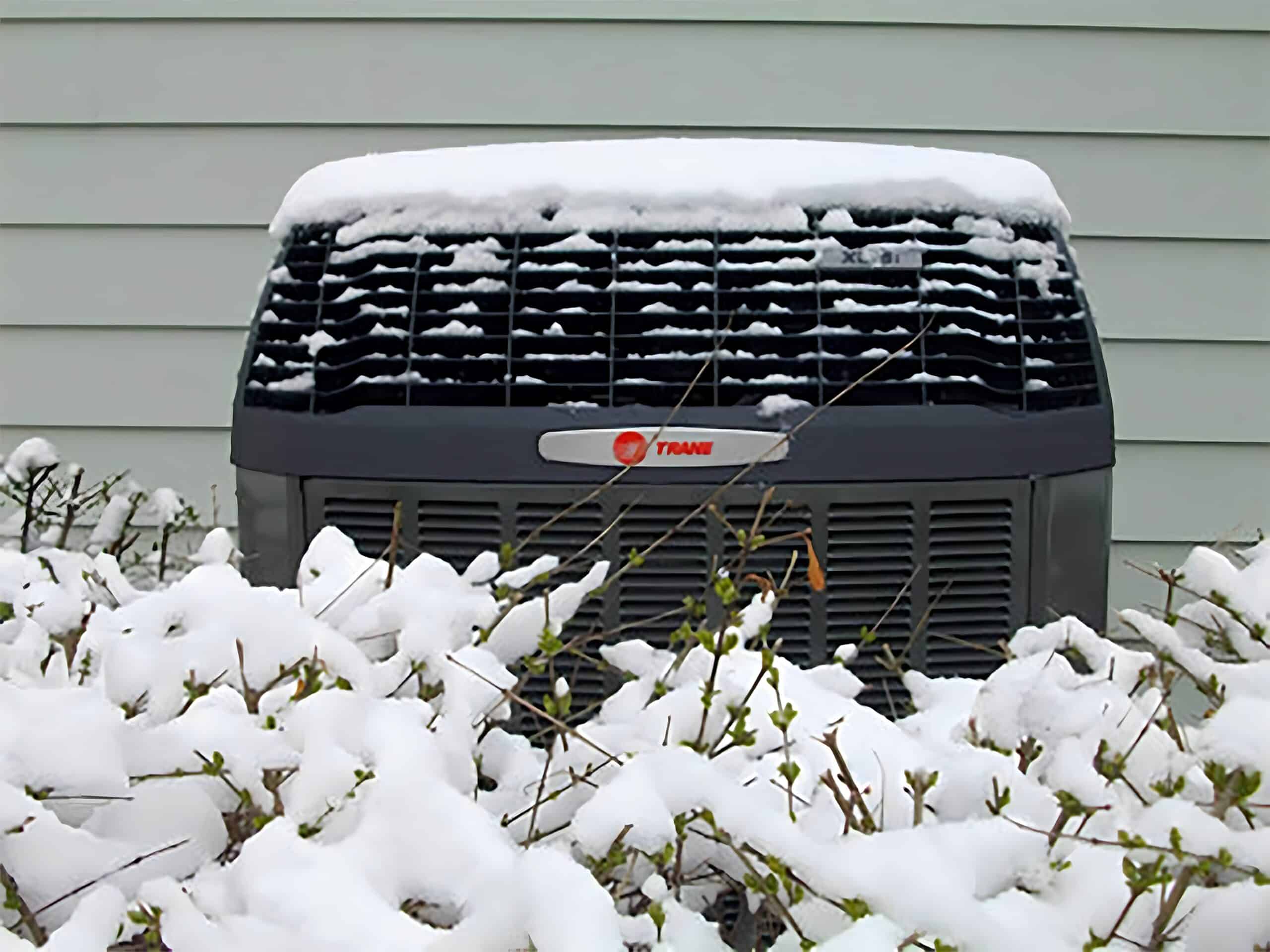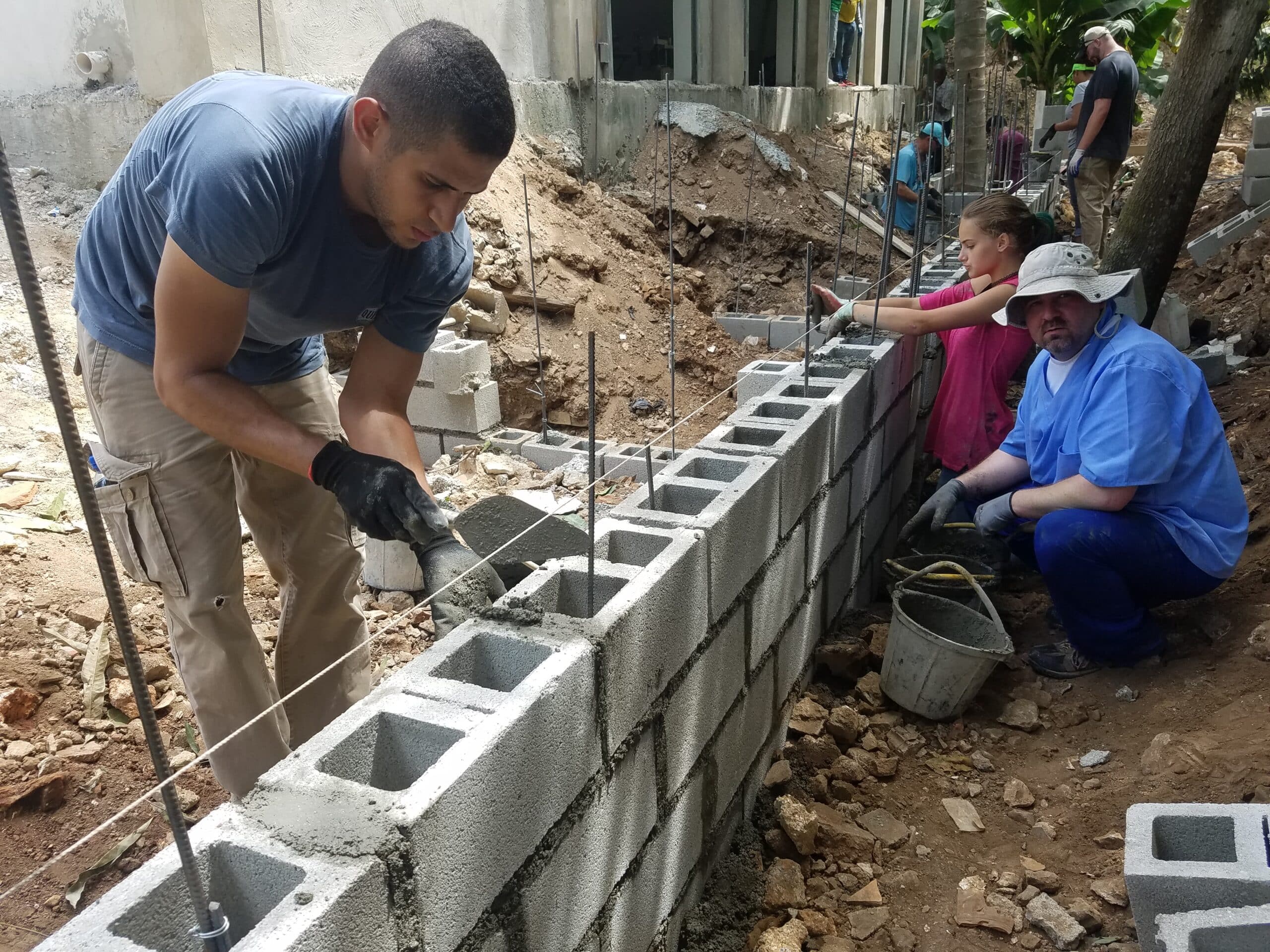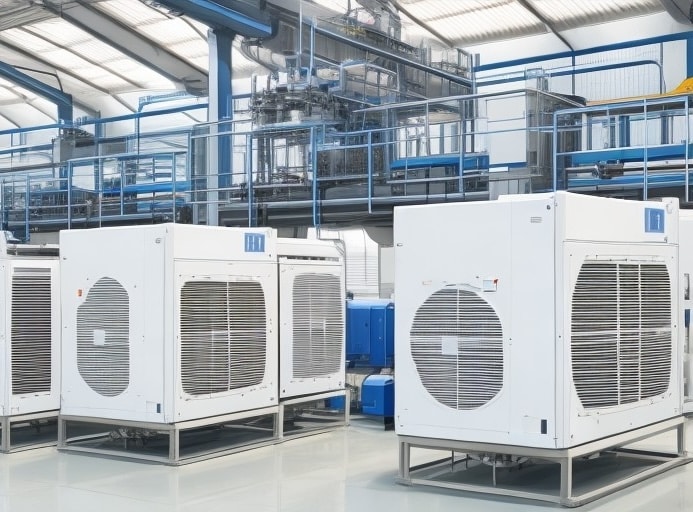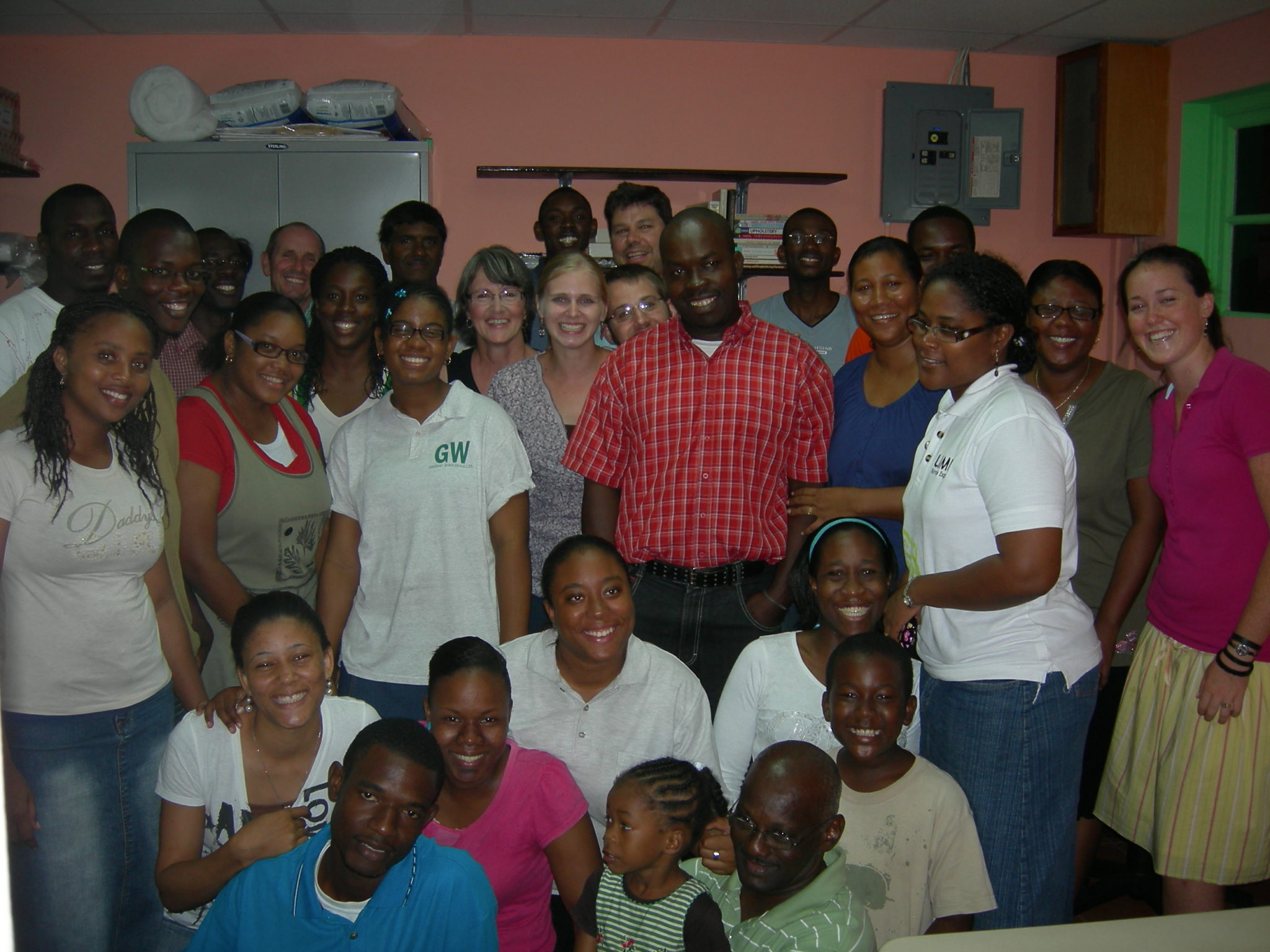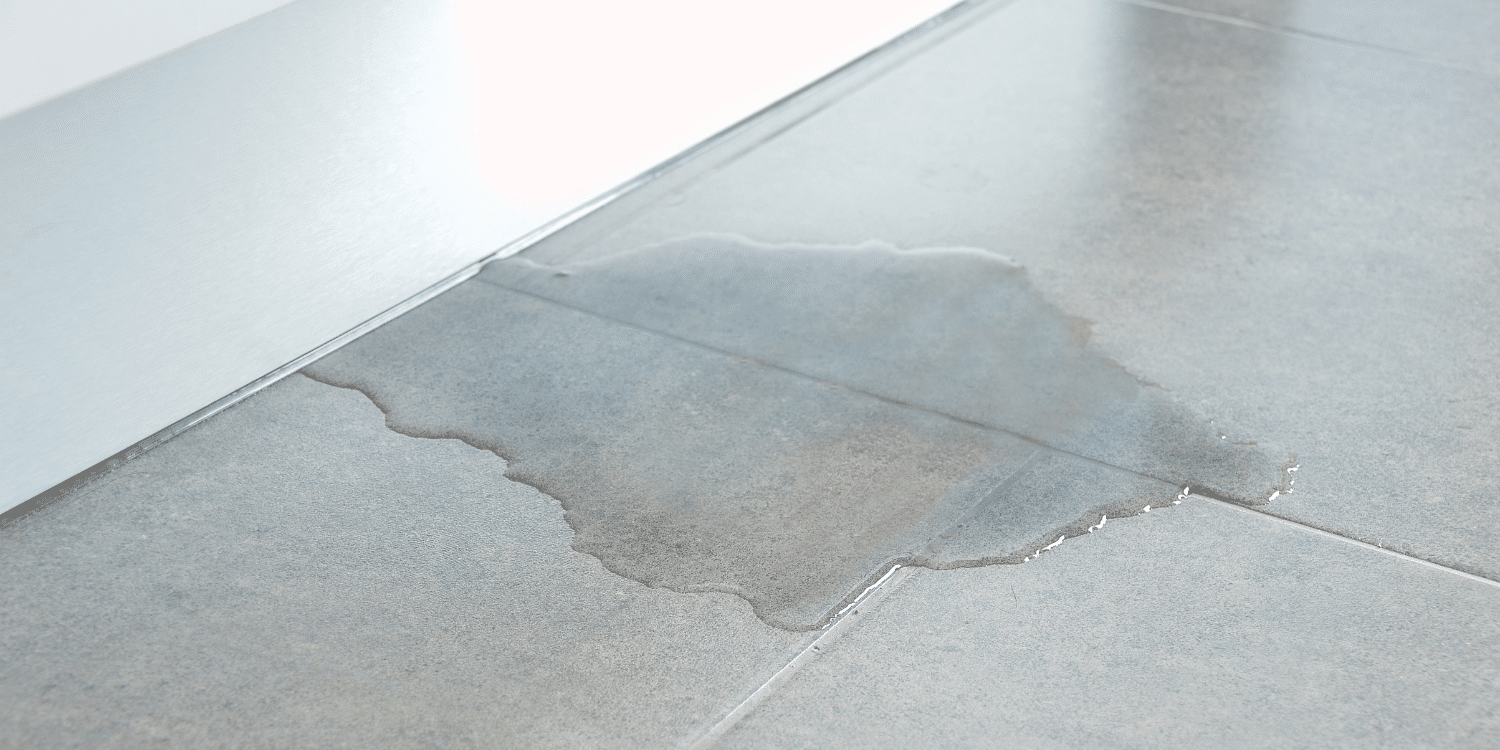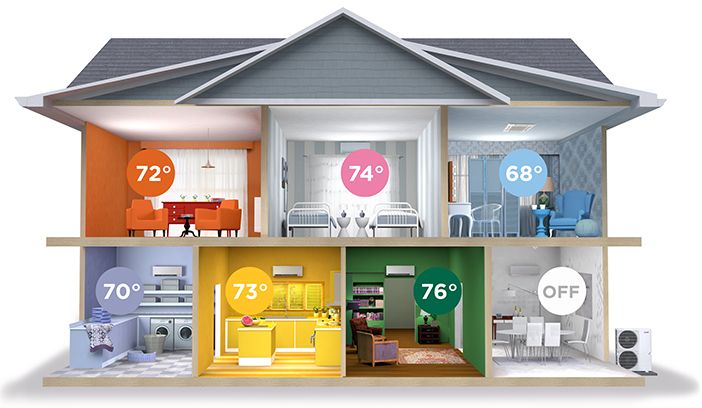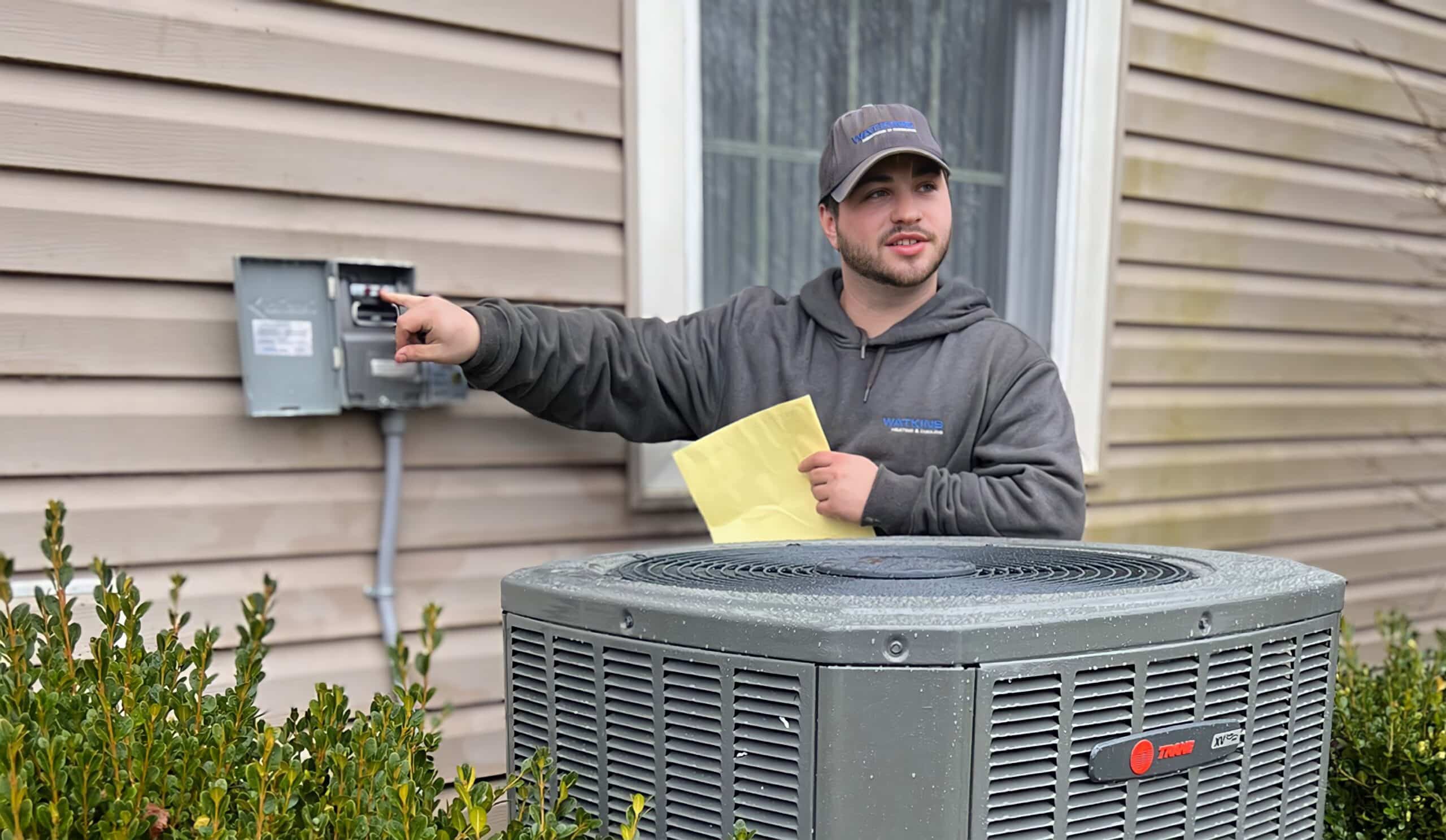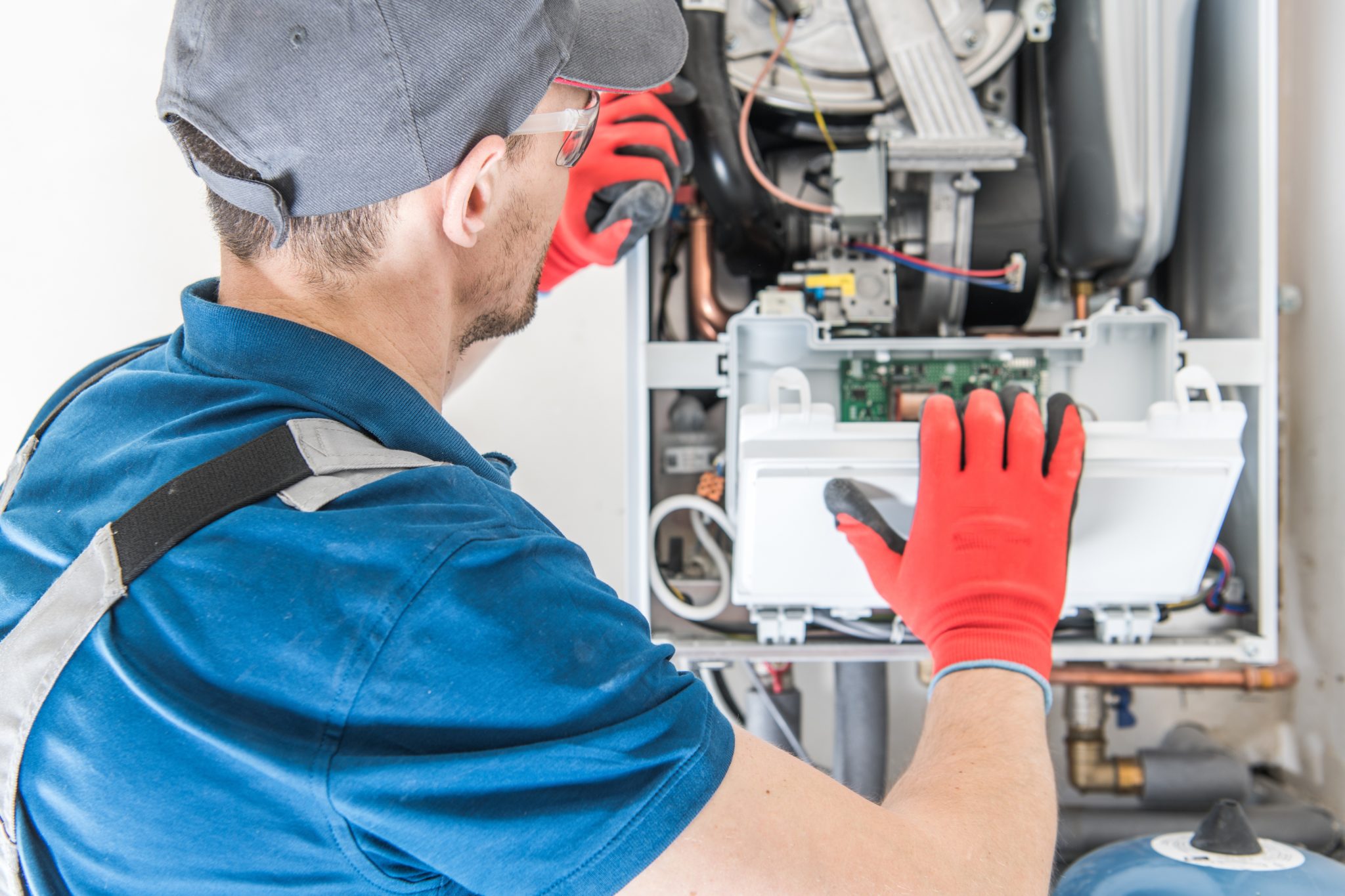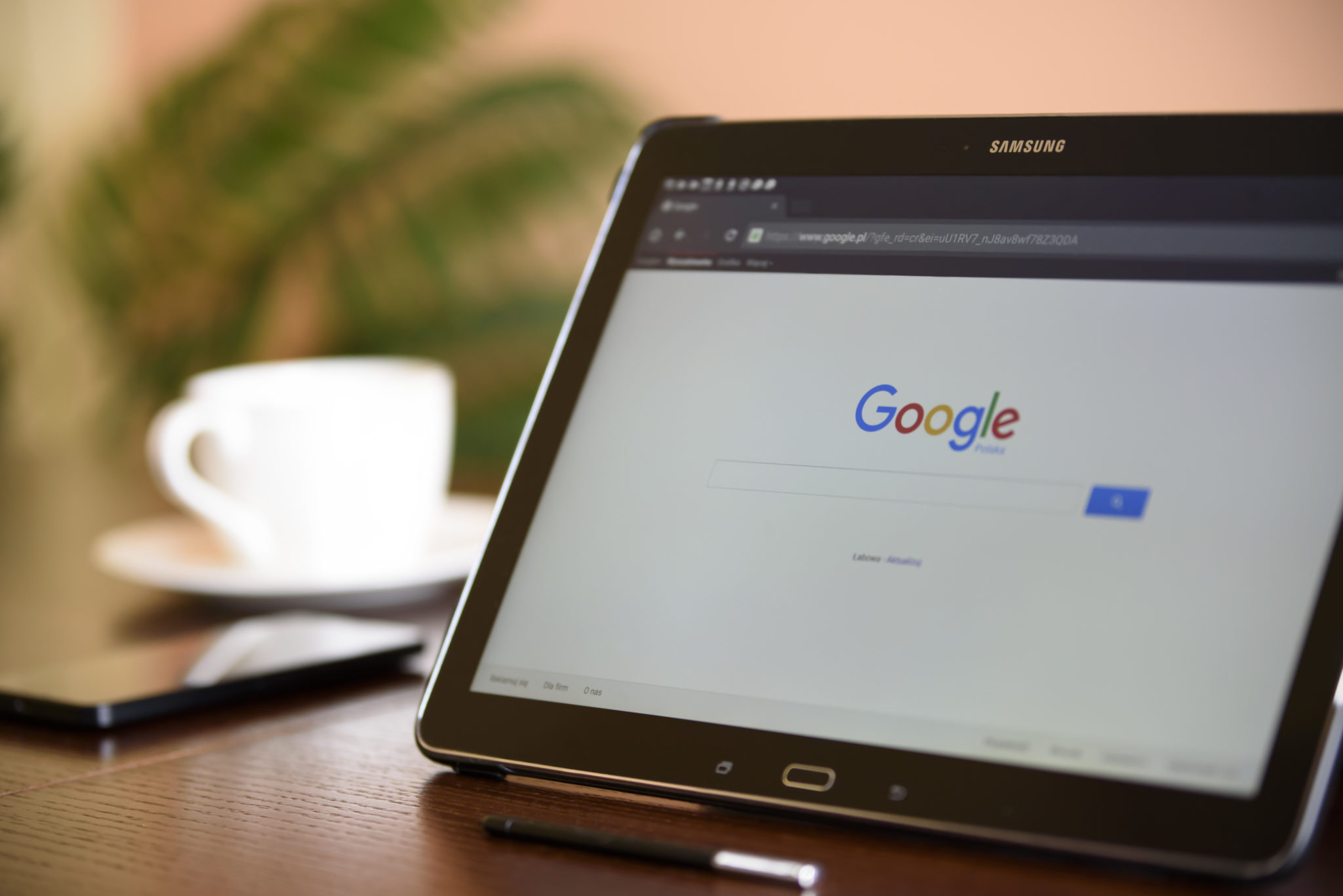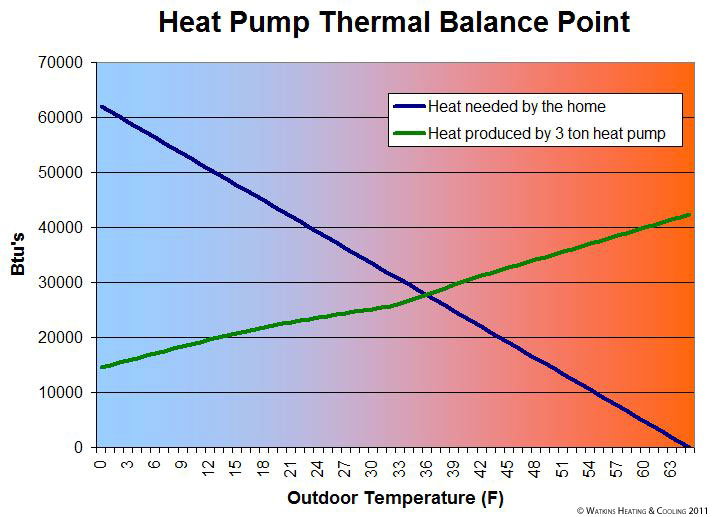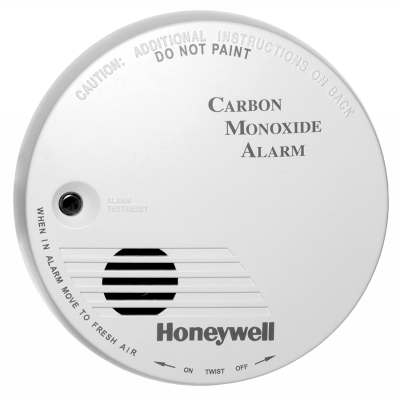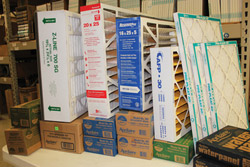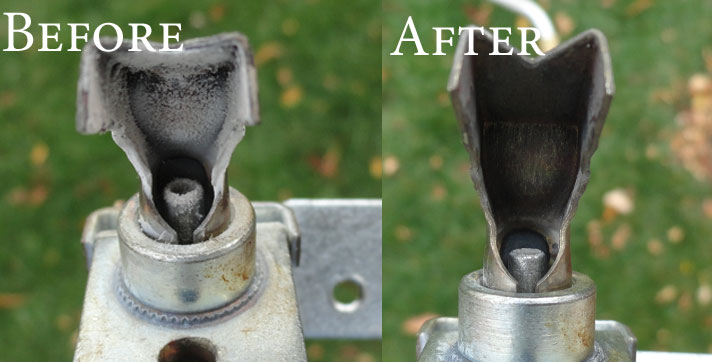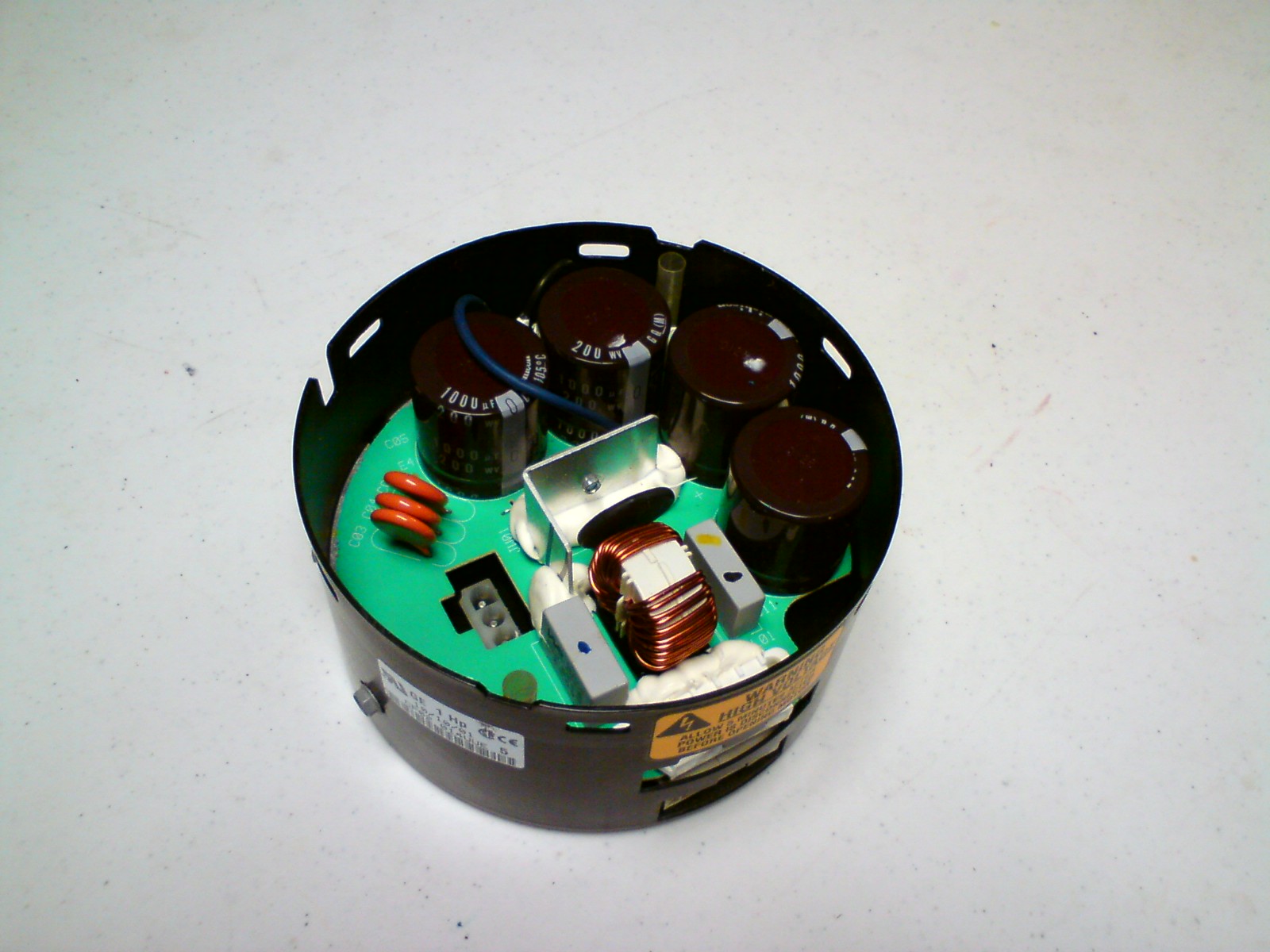Zoning for Solar Energy
When it comes to zoning laws, perception is nine tenths of the law (how’s that for a mixed metaphor)? You may own your home, but zoning rules, building codes, association bylaws, and even agreements between neighbors govern how you use your property. These rules protect the community from folks who collect classic cars and store them on concrete blocks in the front yard. (In some places that might be a sign of wealth). So we write laws to prevent our neighbors from doing odious things and, in the process, give up some amount of freedom as well.
People have differing views on what is aesthetically acceptable and this public perception changes over time. The goal is to maintain or promote some unique organic community character. Loose and obscure rules can lead to an incoherent and tacky town. Excessively rigid zoning rules can inhibit change and produce a sterile, artificial environment. Writing balanced code is a real challenge. How do you promote esthetically pleasing diversity within uniformity and allow for innovation and change?
We are seeking approval from the city to install solar photovoltaic modules on the roof of our building. These solar panels will produce about $10,000 per year in free, clean electricity to power our business. The problem is that current zoning code states that roof-top “equipment” cannot be visible from adjacent properties. The spirit of the law was that roof-top air conditioners should be kept out of sight, but the original authors did not even consider roof-top solar equipment.
We’ve all come to accept certain things as normal after time – though not necessarily beautiful. While I consider an air conditioner a thing of beauty, I know that not everyone shares my affinity for fine refrigeration equipment. While not a fashion accessory, air conditioners have become a normal part of any modern building. Twenty years from now, the same will be said of solar panels.
To pave the way to the future, we are currently working with the city on an amendment allowing for proper use of solar arrays in Springboro. Solar panel installations can range from “nice accent to a modern building” to “sticks out like a sore thumb.” Currently, we’re researching solar code language from other municipalities that properly prevents eye sores and encourages sustainability. By combining the best zoning ideas from around the country, we’ll be able to help our city planners to both preserve the beauty and history of our town and promote eco-responsibility.
In many communities solar collectors have already moved from acceptable to necessity. I recently stayed in a town where nearly all the hot water comes from roof-top solar collectors. These solar water heaters were as normal there as satellite dishes are here. Some homes even wear them somewhat gracefully like designer sunglasses.
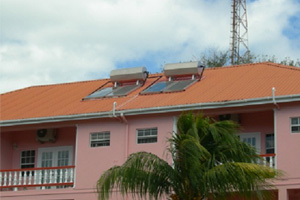
The truth is that energy is becoming more scarce and more expensive every year. Solar is a proven technology whose time has come. With the right mix of technology, we can reduce our coal and oil consumption and create a better future for our kids. So while solar panels may not look “normal” on homes and businesses in Dayton, it’s high time we make them normal.

